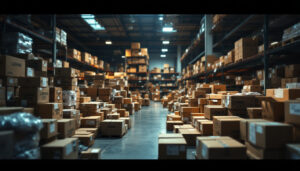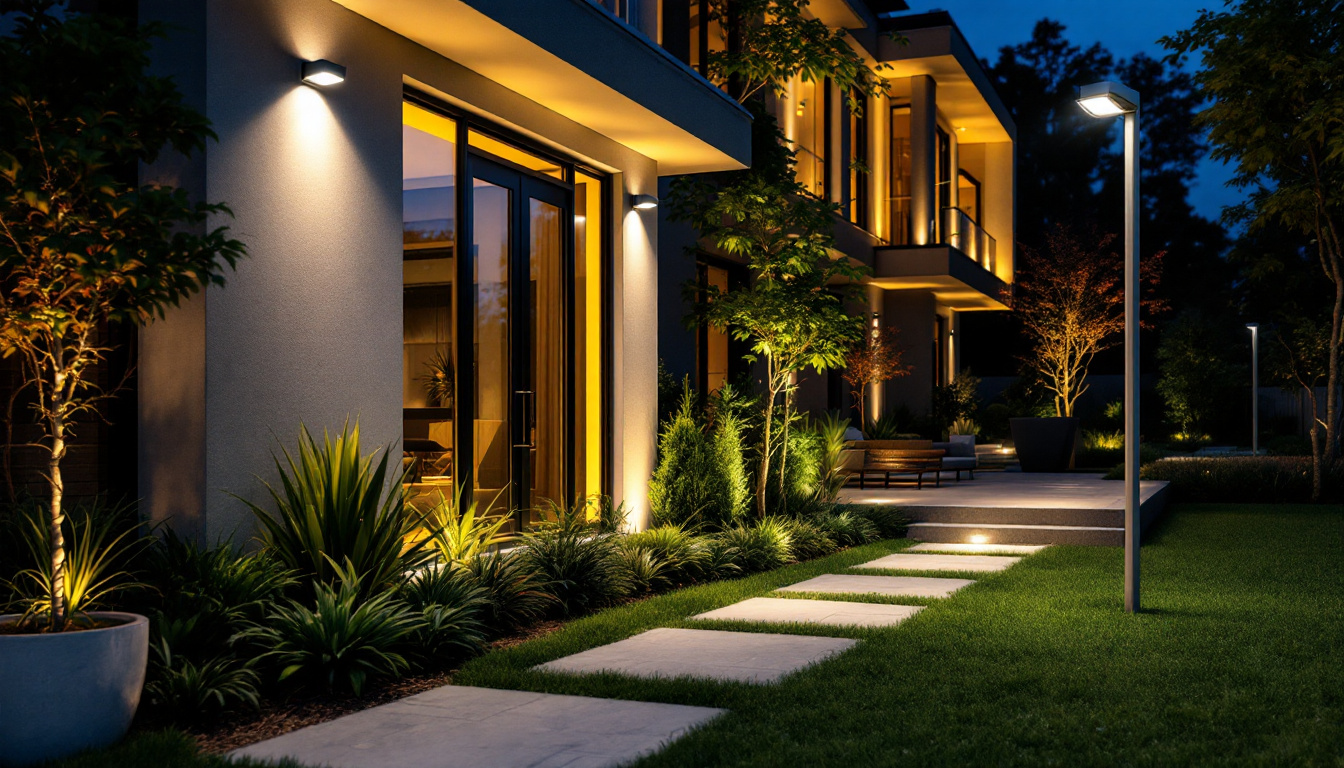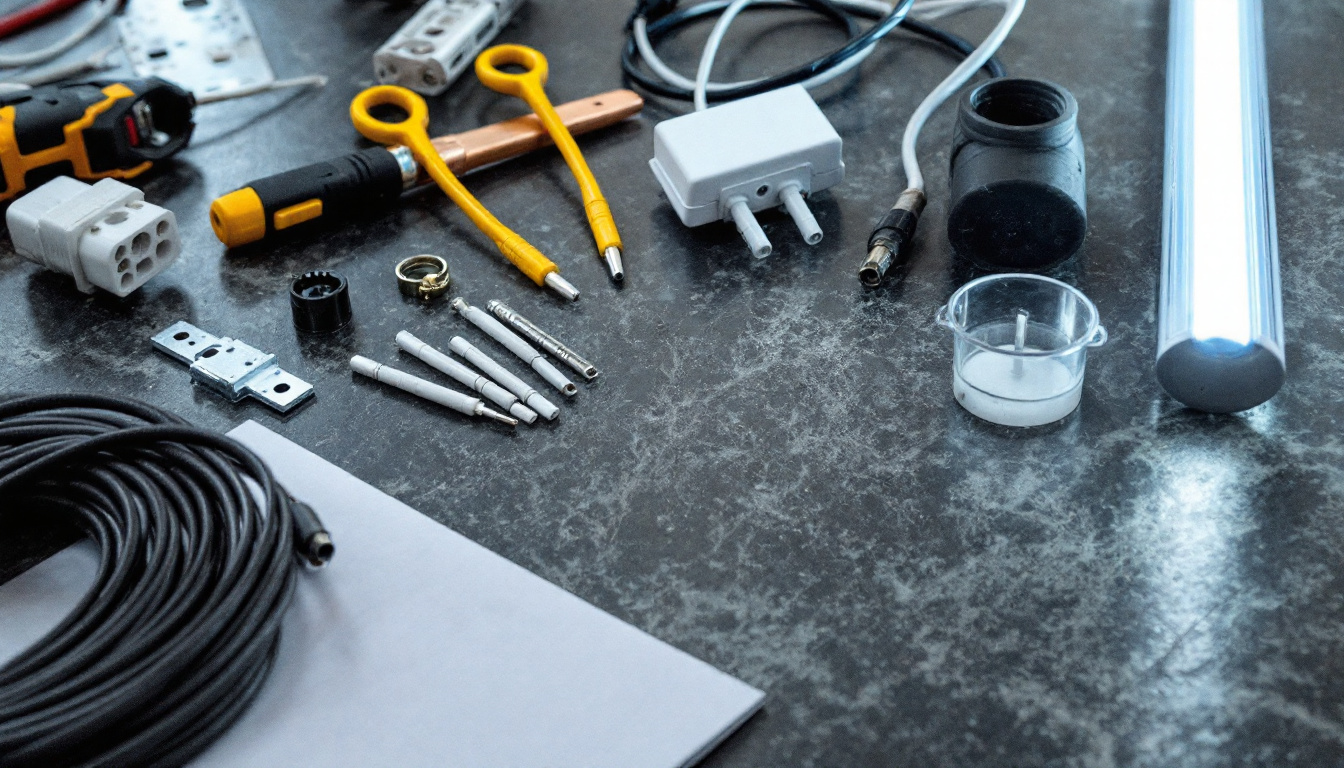

In the realm of outdoor lighting, LED floodlights have emerged as a game-changer, revolutionizing how spaces are illuminated. For lighting contractors, understanding the nuances of LED floodlights can significantly enhance design projects, improve energy efficiency, and elevate customer satisfaction. This article delves into the advantages of LED floodlights, their applications, and tips for effective installation.
LED floodlights are versatile lighting fixtures designed to provide broad, intense illumination. Unlike traditional halogen or incandescent floodlights, LEDs offer numerous benefits that make them a preferred choice for outdoor applications.
One of the most significant advantages of LED floodlights is their energy efficiency. Consuming significantly less power than traditional lighting, they produce more lumens per watt, which translates to lower electricity bills. Additionally, LED technology has a longer lifespan, often lasting up to 25,000 hours or more, reducing the need for frequent replacements.
Furthermore, LED floodlights emit less heat, making them safer to use in various settings. Their durability and resistance to harsh weather conditions also make them ideal for outdoor installations, ensuring that they can withstand rain, snow, and extreme temperatures. This resilience is particularly important for areas that experience severe weather, as it guarantees that the lighting remains functional and reliable throughout the year. Moreover, many LED floodlights come with advanced features such as motion sensors and dimming capabilities, further enhancing their efficiency and adaptability.
LED floodlights are incredibly versatile and can be used in numerous settings. They are commonly employed for outdoor security lighting, illuminating pathways, gardens, and driveways, as well as enhancing architectural features of buildings. Their ability to provide bright, even illumination makes them suitable for commercial spaces, sports fields, and event venues.
In residential settings, LED floodlights can enhance outdoor living areas, making patios and decks more inviting for evening gatherings. Their adjustable brightness and color temperature options allow for tailored lighting designs that can create different moods and atmospheres. For instance, warmer tones can create a cozy ambiance for family barbecues, while brighter, cooler lights can be utilized for outdoor games or parties. Additionally, the use of smart technology in LED floodlights allows homeowners to control their lighting remotely, offering convenience and energy savings through programmable schedules and integration with home automation systems.
For lighting contractors, the adoption of LED floodlights can lead to numerous benefits, both in terms of project execution and client satisfaction.
One of the most compelling reasons to recommend LED floodlights to clients is the energy savings they provide. With lower wattage consumption, clients can enjoy significant reductions in their energy bills. This is particularly appealing for commercial clients who are often looking for ways to cut operational costs.
Moreover, the long lifespan of LED floodlights means fewer replacements and maintenance calls, allowing contractors to focus on new projects rather than ongoing repairs. This efficiency not only saves time but also enhances the contractor’s reputation for reliability and quality.
In addition to direct energy savings, LED floodlights contribute to a smaller carbon footprint, aligning with the growing trend towards sustainability in construction. Many clients are increasingly concerned about their environmental impact, and using energy-efficient lighting solutions can be a selling point that resonates well with eco-conscious consumers. By promoting LED floodlights, contractors can position themselves as leaders in sustainable practices, potentially opening up new markets and opportunities for collaboration with environmentally-focused organizations.
LED floodlights come in various designs and finishes, allowing contractors to select fixtures that complement the architectural style of a property. The ability to choose different color temperatures also enables the creation of customized lighting designs that can enhance the beauty of outdoor spaces.
Functionality is another key aspect. Many LED floodlights come with features such as motion sensors, dimming capabilities, and smart technology integration. These features can be attractive selling points for clients who are interested in modernizing their outdoor lighting systems.
Furthermore, the versatility of LED floodlights extends beyond mere aesthetics and functionality. They can be used in a variety of applications, from illuminating pathways and driveways to spotlighting architectural features and landscaping. This adaptability makes them an ideal choice for contractors who want to offer comprehensive lighting solutions tailored to the specific needs of each project. Additionally, the instant-on capability of LED lights means that clients can enjoy immediate illumination without the warm-up time associated with traditional lighting options, enhancing safety and usability in outdoor areas.
Proper installation is crucial to maximizing the benefits of LED floodlights. Here are several tips that can help ensure a successful installation process.
Before installation, it is essential to assess the area where the floodlights will be placed. Consider the purpose of the lighting—whether for security, aesthetic appeal, or both. Ensure that the fixtures are positioned to provide adequate coverage without creating harsh shadows or overly bright spots.
Additionally, take into account the height at which the floodlights will be mounted. Higher placements can provide wider coverage, but may require more powerful fixtures to ensure adequate illumination. Conversely, lower placements can create a more intimate atmosphere but may limit the area covered. It’s also important to consider the angle of the lights; a slight tilt can enhance visibility and reduce glare, making the space more inviting and functional.
Furthermore, think about the surrounding environment. Natural obstacles like trees, fences, or buildings can obstruct light and diminish effectiveness. Conducting a trial run with temporary lights can help visualize the impact and make adjustments before final installation. This trial phase can also reveal any potential light pollution issues, allowing you to modify the positioning to minimize disruption to neighbors or wildlife.
When installing LED floodlights, proper wiring is essential for safety and performance. Ensure that the electrical circuit can handle the load of the floodlights, and use appropriate wiring methods to prevent overheating or short circuits. It is advisable to consult local electrical codes and regulations to ensure compliance.
For added convenience, consider using low-voltage LED floodlights, which can be easier to install and safer for outdoor environments. These fixtures can often be connected to transformers that convert standard voltage to low voltage, simplifying the installation process. Additionally, low-voltage systems typically consume less energy, contributing to lower utility bills and a reduced environmental footprint.
Moreover, when planning your wiring, think about incorporating smart technology. Many modern LED floodlights can be controlled via smartphone apps or smart home systems, allowing for remote operation and scheduling. This feature not only enhances convenience but also improves security by enabling you to simulate occupancy when you’re away from home. Just ensure that your Wi-Fi signal is strong in the installation area to maintain reliable connectivity.
Maintenance is key to ensuring the longevity and performance of LED floodlights. While they require less upkeep than traditional lighting, some care can enhance their efficiency and lifespan.
Dust, dirt, and debris can accumulate on the surface of LED floodlights, dimming their brightness over time. Regular cleaning with a soft cloth and mild detergent can help maintain optimal performance. It is also essential to check for any obstructions, such as overgrown plants, that may block the light output.
Periodic inspections are crucial to identify any potential issues before they escalate. Check for signs of wear, such as frayed wires or corrosion, and replace any damaged components promptly. This proactive approach can prevent costly repairs and ensure that the lighting system remains functional and safe.
The world of LED floodlights is continuously evolving, with new technologies emerging to enhance their functionality and performance. Staying informed about these trends can provide contractors with a competitive edge.
Smart technology integration is becoming increasingly popular in outdoor lighting. Many modern LED floodlights can be controlled via smartphone apps, allowing users to adjust brightness, set schedules, and even change color temperatures remotely. This level of control can enhance user experience and appeal to tech-savvy clients.
Additionally, smart floodlights can often integrate with home automation systems, providing seamless control over outdoor lighting along with other home features. This trend is particularly attractive for residential clients looking to enhance convenience and security.
As sustainability becomes a priority for many homeowners and businesses, solar-powered LED floodlights are gaining traction. These fixtures harness solar energy during the day and use it to power the lights at night, significantly reducing energy costs and environmental impact.
Solar-powered floodlights are especially beneficial in remote areas where electrical wiring may not be feasible. They offer a practical solution for illuminating pathways, gardens, and security areas without the need for extensive installation work.
LED floodlights represent a significant advancement in outdoor lighting technology, offering numerous benefits for contractors and clients alike. Their energy efficiency, long lifespan, and versatility make them an ideal choice for a wide range of applications.
By understanding the unique features of LED floodlights, contractors can make informed recommendations that enhance their projects and satisfy client needs. Proper installation and maintenance practices will ensure that these fixtures perform optimally, while staying abreast of emerging trends will keep contractors at the forefront of the industry.
Incorporating LED floodlights into lighting designs not only improves functionality but also elevates the aesthetic appeal of outdoor spaces. As the demand for innovative and efficient lighting solutions continues to grow, embracing LED technology will undoubtedly be a key factor in achieving success in the lighting contracting business.
Ready to transform your lighting designs with the efficiency and elegance of LED floodlights? Look no further than LumenWholesale for all your lighting needs. We provide contractors with the finest spec-grade LED lighting solutions at unbeatable wholesale prices. Say goodbye to middleman markups and hello to our premium selection that meets rigorous industry standards. With free shipping on bulk orders, you can trust that you’re getting the best value without any hidden costs. Elevate your outdoor lighting projects today by visiting Wholesale Lighting at the Best Value and experience the LumenWholesale difference.

Discover how vintage industrial pendant lamps can transform your space with their unique charm and efficient lighting solutions.

Discover the pitfalls of purchasing smart home automation products in bulk from local distributors.

Discover essential insights for lighting contractors navigating the evolving landscape of smart home automation.

Discover essential insights into electrical supplies and mounting kits tailored for lighting contractors.
Get notified when NEW deals are released.
Optimize your budget with wholesale discounts.
Only top-quality, specification-grade lighting products.
No additional costs at checkout - what you see is what you pay.
We understand the unique needs of contractors.